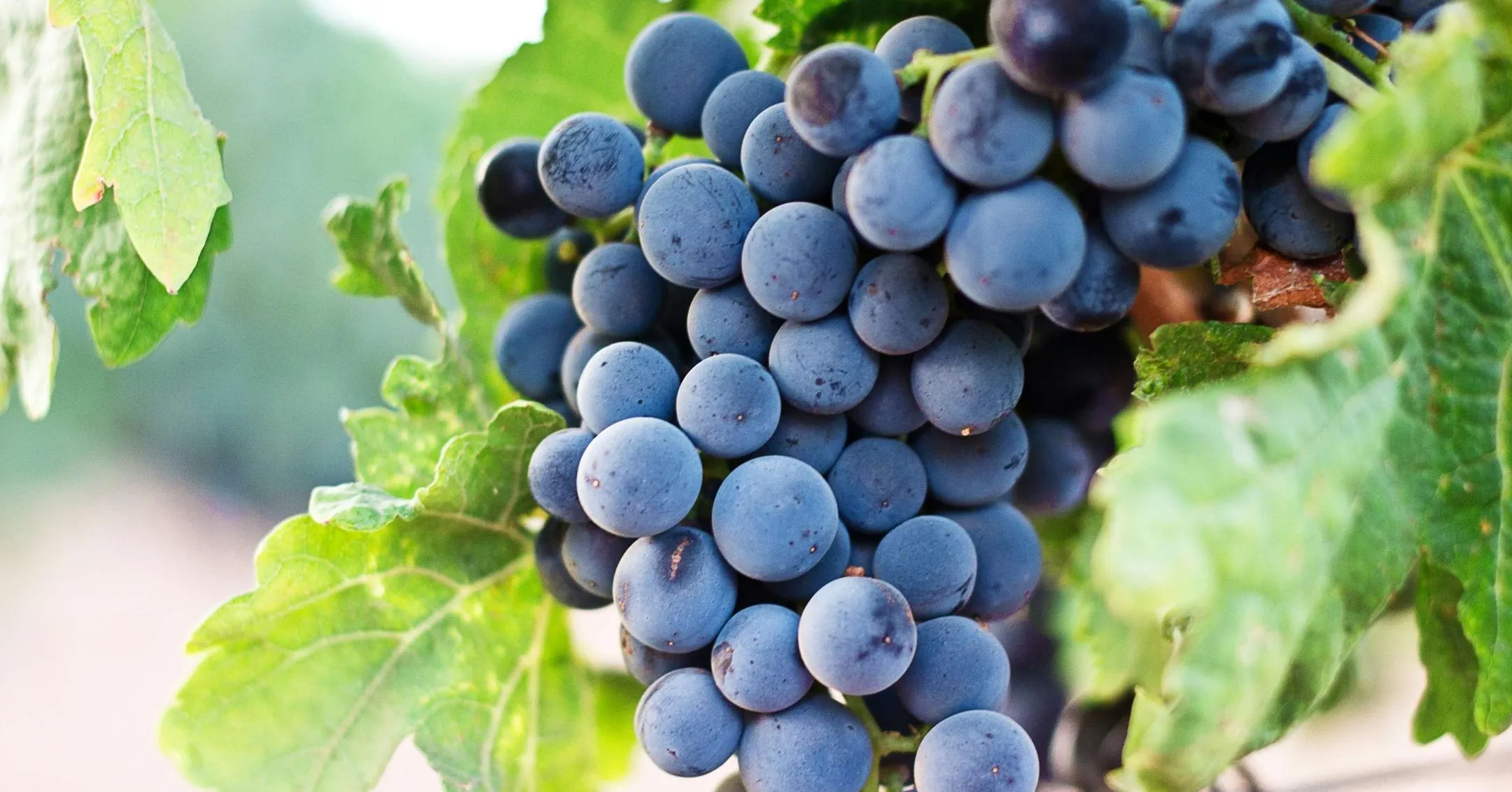Unlocking Good Fortune: The Surprising Tradition of Eating Grapes on New Year’s Eve
As the clock strikes midnight on December 31st, millions around the world prepare for a unique and delightful New Year’s Eve tradition that goes far beyond the typical champagne toast and fireworks. The 12-grape ritual, originating in Spain, has become a global phenomenon that promises to bring good luck, prosperity, and hope for the coming year.
The Origins of a Delicious Tradition
The practice of eating 12 grapes at the stroke of midnight is deeply rooted in Spanish culture, with a history that dates back to the early 20th century. Historians believe the tradition began in the grape-growing regions of Spain, where farmers sought a creative way to use their surplus harvest during the winter months.
A Symbolic Countdown to Prosperity
Here’s how the tradition works:
- Prepare 12 grapes (one for each month of the year)
- Have them ready as midnight approaches
- Eat one grape with each clock chime
- Complete the challenge before the final stroke
The challenge is not as easy as it sounds! Participants must quickly consume all 12 grapes within 12 seconds, symbolizing good luck and fortune for each month of the upcoming year.
Global Spread and Cultural Significance
What began as a local Spanish custom has now spread across continents. From Latin America to parts of Europe and beyond, people have embraced this quirky yet meaningful tradition. Cultural anthropologists note that the ritual represents hope, optimism, and a collective desire for positive change.
The Spiritual and Superstitious Aspects
Many believers attach deeper meanings to the grape-eating ritual:
- Each grape represents a month of potential good fortune
- Eating all grapes successfully is considered a sign of upcoming prosperity
- Some people choose specific colored grapes for additional symbolic meaning
“It’s more than just a fun tradition – it’s about setting intentions for the new year,” says Maria Rodriguez, a cultural historian specializing in holiday traditions.
Practical Tips for Grape Success
Experienced participants have developed strategies for successfully completing the challenge:
- Choose seedless grapes for easier consumption
- Peel grapes in advance if possible
- Practice your eating technique beforehand
- Have water nearby to help swallow quickly
A Modern Twist on an Ancient Practice
Social media has transformed the tradition in recent years. Viral videos and challenges have introduced the grape-eating ritual to younger generations, making it a global phenomenon that transcends cultural boundaries.
Scientific Perspective
While the tradition is primarily based on folklore, some researchers suggest that such collective rituals can have psychological benefits. The act of participating in a shared experience can create a sense of community and positive anticipation.
Variations Around the World
Different cultures have adapted the grape tradition:
- Some use 12 raisins instead of grapes
- Others incorporate local fruits or sweets
- Variations exist in timing and specific rules
The Universal Language of Hope
Ultimately, the grape-eating tradition represents something profoundly human: our collective desire for good fortune, hope, and a fresh start. Whether you believe in the superstition or simply enjoy the fun, it’s a delightful way to welcome the new year.
Final Thoughts
As we approach the next New Year’s Eve, consider joining millions around the world in this charming tradition. Grab your 12 grapes, prepare for the challenge, and welcome the new year with optimism and a touch of whimsy.
Disclaimer: While eating grapes won’t guarantee perfect luck, it certainly makes for an entertaining and memorable New Year’s Eve experience!
Happy New Year, and may your grapes be plentiful and your luck abundant!






Leave a Comment